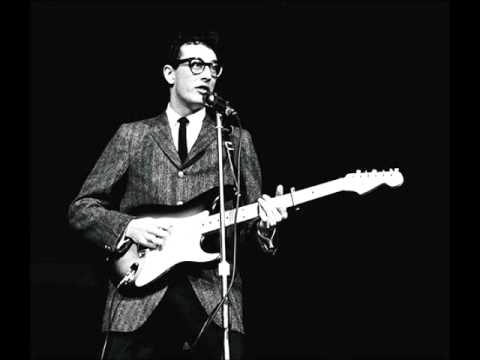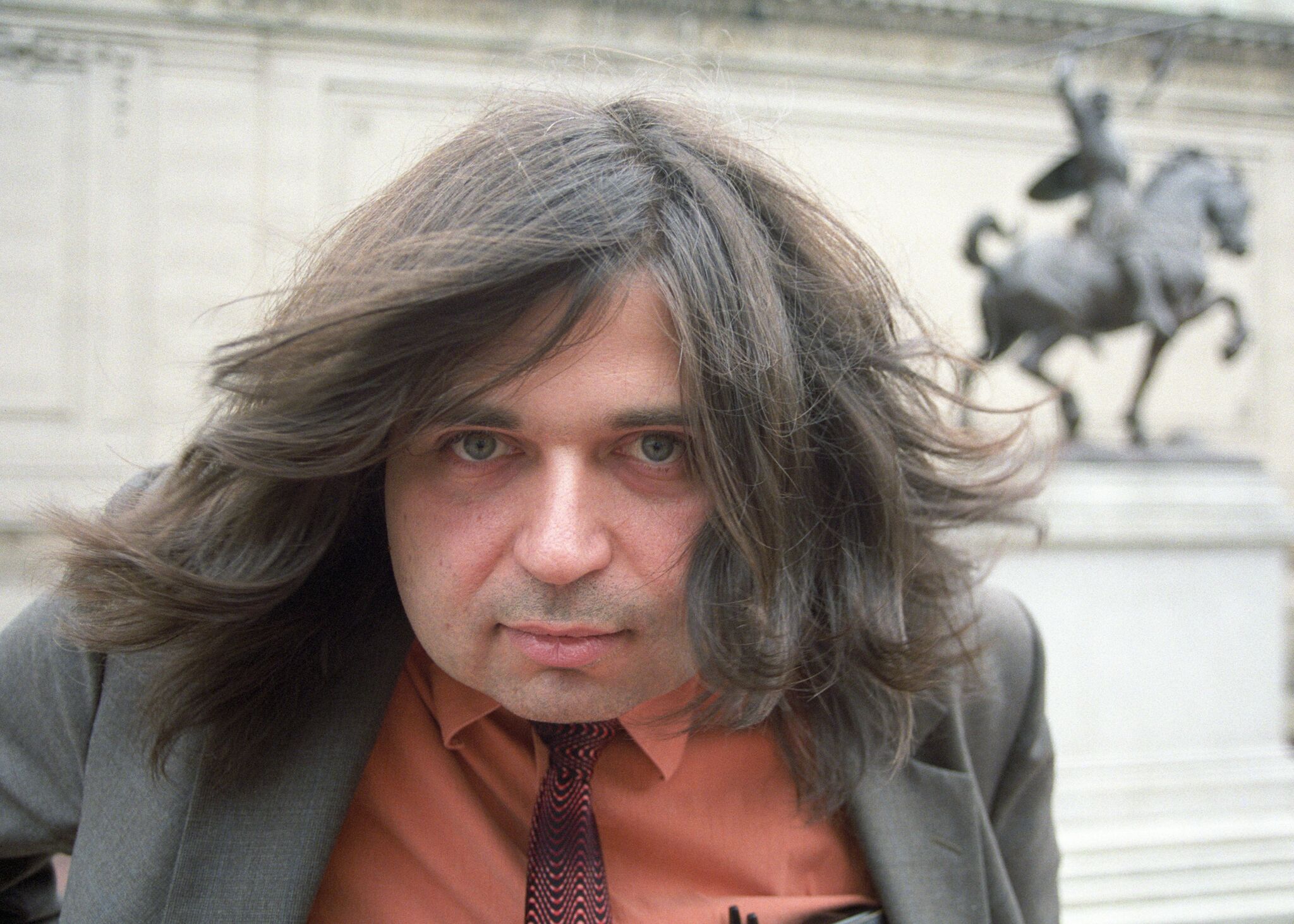Song Form Unformed and Reformed
I pondered yesterday that the blame for the current use of the word “song” to describe every kind of musical composition, which I think trivializes the art of songwriting, is possibly traceable to some jazz musicians who call whatever they play songs. But while this is a more plausible theory than it being due to the likelihood that song is the oldest form of musical expression, it was really during the ascendancy of rock that people accepted the notion that a song could be just about anything. This is actually a revolutionary idea with many implications.
In most musical traditions, there were always some pretty firm guidelines as to what constitutes a song. Whether it’s the strophic or through-composed art songs for solo voice and piano, the 32-measure AABA Tin Pan Alley song formula, or the 12-bar blues, specific song structures served as a guiding post not just for composers, lyricists, and performers, but also for the audience. Rock also did not start out in a state of complete formlessness. But it was poised not to be beholden to any specific tradition since it emerged out of the interplay of American musical creators from widely different racial, geographical, and socioeconomic backgrounds. (Philip H. Ennis attempted to trace this complex trajectory in his exhaustive 1992 book The Seventh Stream in which he posits that rock emerged from six other musical genres—country, blues, gospel, jazz, folk, and pop.) Also, since rock’s musical protagonists were part of an emergent rebellious youth culture, they very consciously eschewed anything that smacked of formality.
While the sometimes absurdly ambitious open-ended musical suites of 1970s progressive rock are often claimed as simply a further evolution and refinement of the kinds of experiments that were already in the air in the era of late 60’s psychedelia (which were often the creative by-product of other substances that were in the air at that time), I hear an avant-garde streak in rock as early as the demonic proto-Albert Ayler-esque saxophone and nearly Cecil Taylor-like piano breaks that form lines of counterpoint against the screams of Esquerita (a seemingly alternate reality Little Richard) in his 1958, “Hey, Miss Lucy” as well as that glockenspiel that wound up in Buddy Holly’s contemporaneous “Everyday.” (But I also bet if I actually could know every early rock single ever recorded—an impossible task, especially considering that no one agrees on what the first rock record actually was—I’d find even earlier experimental proclivities.)
The simultaneous development of recording techniques and the coming of age of rock also resulted in music that humans could never replicate in live performance. The wonderful backward sounds that permeate The Beatles’ 1966 “Tomorrow Never Knows” are not too much of a leap beyond the production techniques that Phil Spector had already been using to embellish girl groups only a few years earlier, recordings that he actually described as “little symphonies for the kiddies.” But all of these recordings were still, in fact, songs. (A mere two years later The Beatles would go on to release a track they called “Revolution 9” which takes the background sounds in “Tomorrow Never Knows” to their logical conclusion—a dense musique concrète sound collage that lasts nearly nine minutes. I love it, but it is NOT a song despite how many of their fans may refer to it.)
The Beatles often get credited with transforming rock into a mature music for adult listeners. But with all due respect (and respect is indeed due) to Revolver and Sgt. Pepper’s Lonely Hearts Club Band (which I believe no less a musical eminence than Leonard Bernstein hailed as a song cycle worthy of Robert Schumann), more than rumor has it that the Fab Four were actually inspired to venture into unusual sonic territory because of similar journeys being attempted by Brian Wilson, often to the bafflement of his other brothers and cousin in Southern California. Although when most people think of The Beach Boys, they think of “California Girls,” what gets me (and what got Paul McCartney) excited about them are songs like “God Only Knows.”
And then there are the songs that Wilson wrote for what was to be ‘the greatest rock album ever made’, SMiLE, which had been scheduled for release in January 1967 but it remained in the vaults in its original form until October 2011. Much ink as well as pixels have been devoted to “Heroes and Villains” and “Good Vibrations,” which were to be bookended on SMiLE, but which wound up instead on the quickly sewn together, though still fascinating, Smiley Smile, which was released in September of that year. But I’d like you to listen to a song that had to wait much longer to see the light of day.
Although from its title you’d assume it was a prime example of their typical, happy-go-lucky early surfer rock fare, “Surf’s Up” is one of the weirdest pop songs ever released (which is something that Bernstein, too, acknowledged when he devoted a segment to it on an April 1967 CBS television broadcast). Aside from the crazy lyrics (by Van Dyke Parks) which include such obscure lines as “columnated ruins domino” (huh?), the harmonies wander all over the place, seemingly with no specific tonal goal, as does the vocal melody whose range far exceeds the abilities of most singers including Wilson himself when he attempted to reconstruct the original song in 2004 for Brian Wilson presents SMiLE. (For an interesting thought experiment compare Wilson’s performances of the lines “The glass was raised, the fired-roast, the fullness of the wine. A dim last toasting” in the performances featured in the video embed and the most recent link; both occur from 2:06 to 2:10.) Why Wilson needed to reconstruct his original performance so many years after the fact is an epic story and one that is probably not known to most people who heard the significantly reduced version of the song that finally did appear on the Beach Boys’ 1971 album that was actually called Surf’s Up.
But, fascinated as I am by “Surf’s Up,” I still ask myself if what fascinates me is the song itself or its recorded production. Of course, for more than half a century now they have largely become one and the same thing. I’ll let you ponder that claim while listening to some of my favorite productions of songs spanning the past fifty-odd years.
• The Jaynetts: “Sally Go ‘Round the Roses” (1963)
This bizarre song, featuring the stellar production work of Abner Spector (no relation to the more famous, though now infamous, producer Phil), is another extraordinary rule breaker—among other things, it never changes chords!
• Brian Eno: “Blank Frank” (1973)
I can’t resist this one for obvious reasons though I hope I’m not “the messenger” of anyone’s “doom” and “destruction.”
• Willie Colón with Ruben Blades: “Plastico” (1977)
Completely changing the vibe, as well as the language, this potent social commentary from the height of the disco era deceptively begins as a disco song but morphs through a subtle transformation, that’s as carefully mapped out as Elliott Carter’s metrical modulations, into salsa.
• Talking Heads: “Once in a Lifetime” (1980)
By the time Talking Heads recorded this song, the evolution of punk into new wave was already old news, but the additional musical elements herein—which were largely the work of producer Brian Eno (see above) who was a de facto fifth member of the band at this point—transform David Byrne’s once raw songwriting into a multidimensional globally omnivorous musical idiom.
• Public Image Ltd.: “Round” (1985)
Again, elaborate production values have turned the snark of John Lydon (who a decade earlier had shocked audiences as Johnny Rotten of the Sex Pistols) into something way more introspective though just as extroverted and no less terrifying. My favorite line: “Don’t spit on my life!”
• Public Enemy: “Fight The Power” (1990)
Here, the raw anger of Chuck D and Flavor Flav’s politically-charged rapping is juxtaposed with a symphonic mélange of samples most of which are impossible to identify (though I swear I can hear a loop of a single note from the chorus of Eric Clapton’s 1974 cover of Bob Marley and the Wailers’ reggae classic “I Shot The Sherriff” buried in there).
• Fiery Furnaces: “The Vietnamese Telephone Ministry” (2006)
With siblings Matthew and Eleanor Friedberger, the mainstays of the indie rock band Fiery Furnaces, we finally enter the 21st century. (It only took me four days!) In our time, the lines between so-called “Musical Composition” and “songwriting” have never been as porous (which, of course, is how it should be and which is why I profiled them on NewMusicBox in between my profiles of Charles Wuorinen and Jennifer Higdon). But aside from all the conceptual rigor in their music, I love all the oddball sonorities in it, like all the backward sound in this song.
• Corey Dargel: “Gay Cowboys” (2006)
Dargel, an academically trained composer, has described what he does as artsongwriting. To my ears, the only difference between what he’s doing (albeit from a compositional perspective) and what today’s most successful indie rock singer-songwriters do is that they’re richer and more famous than him, but hopefully that will change at some point…
• Grizzly Bear: “Two Weeks” (2009)
One of those successful indie rock singer-songwriters is Ed Droste, frontman for the Brooklyn-based band Grizzly Bear. Eight years later, I still frequently hear this song in shops, restaurants, etc. It’s one of the rare times I’m a willing involuntary audience.



0 Comments